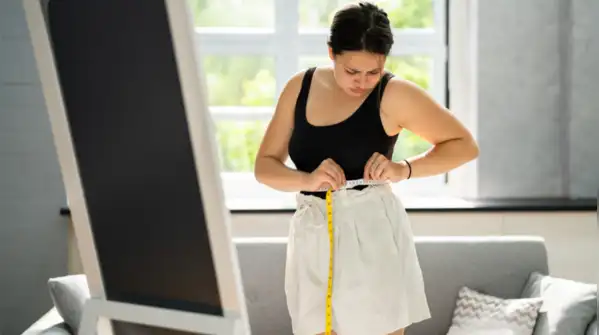
1/7
Squats vs wall sits: Which one is better for instant weight loss?
When it comes to losing weight quickly, several people turn to high-intensity workouts or trendy moves seen online. Squats and wall sits are two popular lower-body exercises that are always part of weight loss conversations. Both target the legs, activate large muscle groups, and get the heart rate up, but which one really helps with instant weight loss? Here is all we need to know about both the exercises to better understand which would help us lose weight.
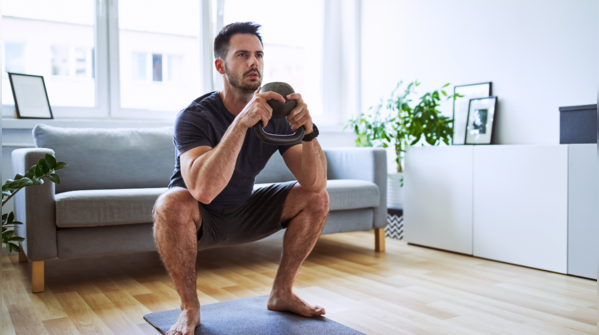
2/7
Squats burn more calories
It’s widely believed that squats are superior for weight loss because they involve movement. Each rep demands energy, standing up, bending down, powering back up again. Since squats are dynamic, many fitness charts show higher calorie burn per minute compared to static exercises like wall sits.
Yes, squats do burn more calories per minute than wall sits. But the number isn’t magically high unless paired with intensity, repetition, and correct form. A standard set of bodyweight squats may only burn around 35-50 calories in 10 minutes for an average person. That’s not “instant weight loss”—it’s more of a slow burn.
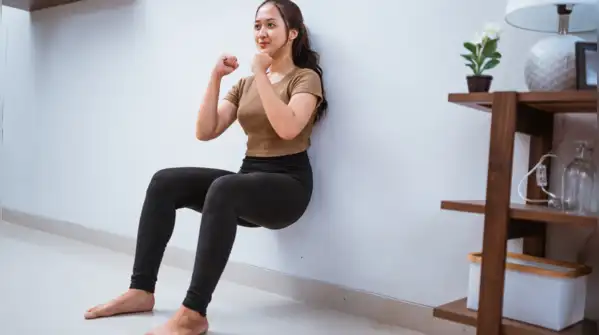
3/7
Wall sits: Quiet burn, but powerful tension
Wall sits often look easy. Just slide down the wall and hold the position. But after 30 seconds, the legs start trembling, and the sweat begins. This isometric exercise holds the muscles under tension without movement.
Wall sits may burn fewer calories during the session, but cause significant muscle fatigue. They’re excellent for building lower-body endurance, especially in the quadriceps. However, the claim that wall sitting melts fat instantly is exaggerated. The real value of wall sits lies in strengthening and toning, not quick calorie torching.
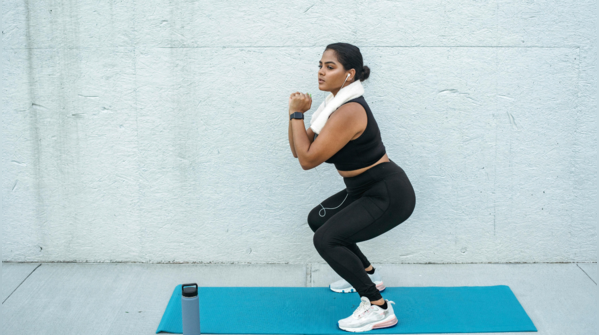
4/7
Muscle activation: Squats have the upper hand
Both exercises target the thighs and glutes, but squats engage more muscle groups at once. They involve the hips, calves, lower back, and even the core to stabilise movement.
Greater muscle activation means more calorie burn after the workout too, something known as the afterburn effect (EPOC). Squats, especially when done in sets or as jump squats, offer better metabolic benefits than wall sits. That makes them slightly better in a weight loss plan focused on long-term change, not just instant results.
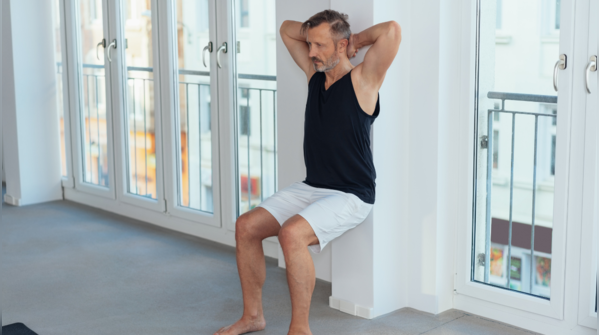
5/7
What about fatigue and fat-burning signals?
Wall sits create time under tension, and this stress sends strong fatigue signals to the muscles. The burn during a wall sit is intense. Some fitness enthusiasts believe this leads to better fat breakdown.
The burn in the thighs during a wall sit is lactic acid buildup, not necessarily fat melting away. It feels like progress, but it’s not an indicator of weight loss. The body doesn’t burn fat only where the muscles feel sore. So while wall sits challenge the legs, they don’t necessarily lead to higher fat loss overall.
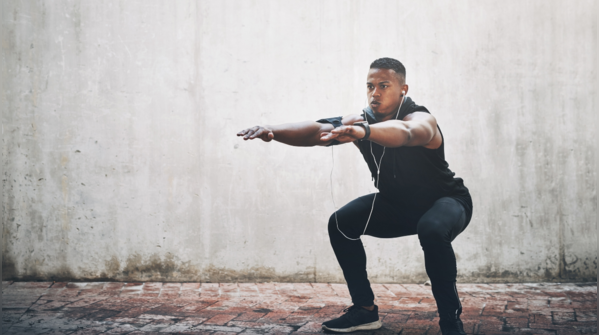
6/7
Mental focus: Wall sits improve discipline, squats build flow
Wall sits demand stillness. They test patience, mental grit, and the ability to stay calm while muscles scream. On the other hand, squats build rhythm, balance, and coordinationespecially in higher reps.
While this might sound too subtle to matter, exercises that train the mind can support consistency. Wall sits could improve tolerance for discomfort, making one better prepared for tougher workouts ahead. Squats, when done in tempo or circuit form, can create a flow that keeps the body moving—and calories burning. That makes squats more efficient in a weight loss circuit.

7/7
Squats edge ahead, but wall sits aren’t useless
Neither squats nor wall sits alone will bring “instant” weight loss. But in terms of calorie burn, muscle activation, and metabolism, squats do offer more benefits in less time. They’re dynamic, functional, and can be scaled up with weights or jump variations.
Wall sits, however, are not just filler exercises. They strengthen specific muscle groups, help in injury prevention, and can complement squats in a smart routine. Including both in a workout plan may improve results, if paired with proper nutrition and rest.
Follow Us On Social Media

 7 hours ago
46
7 hours ago
46

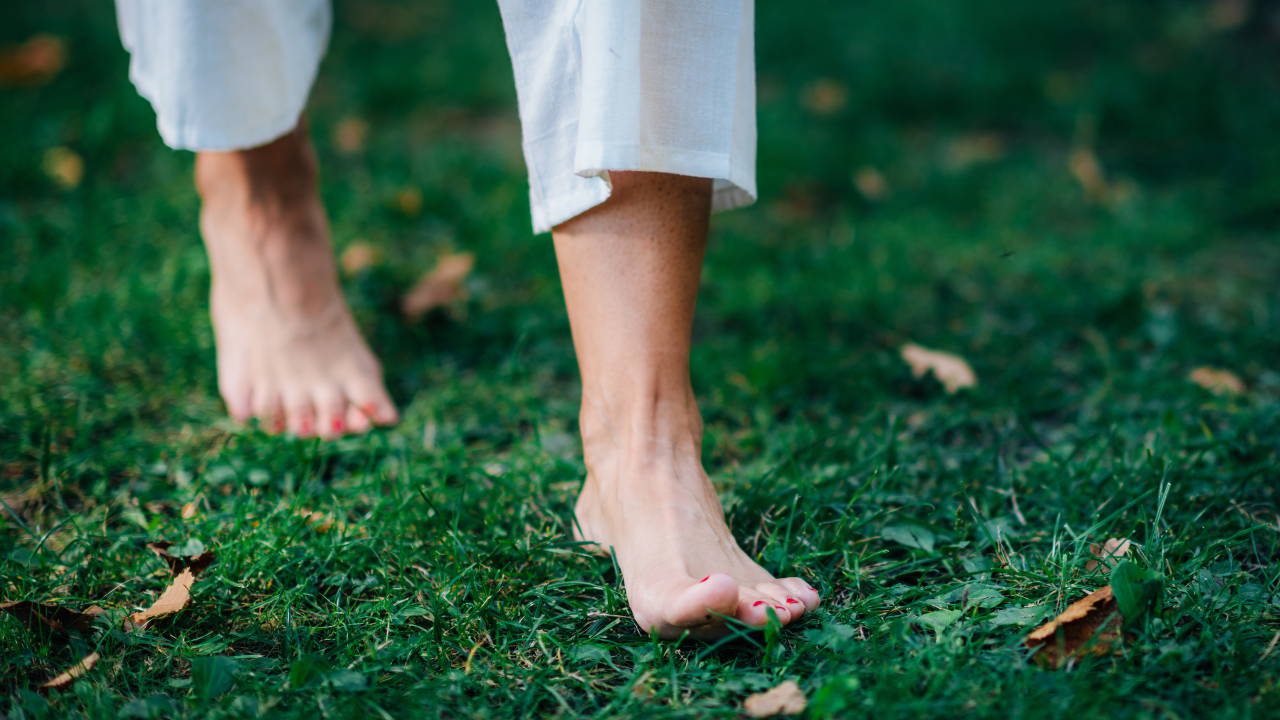













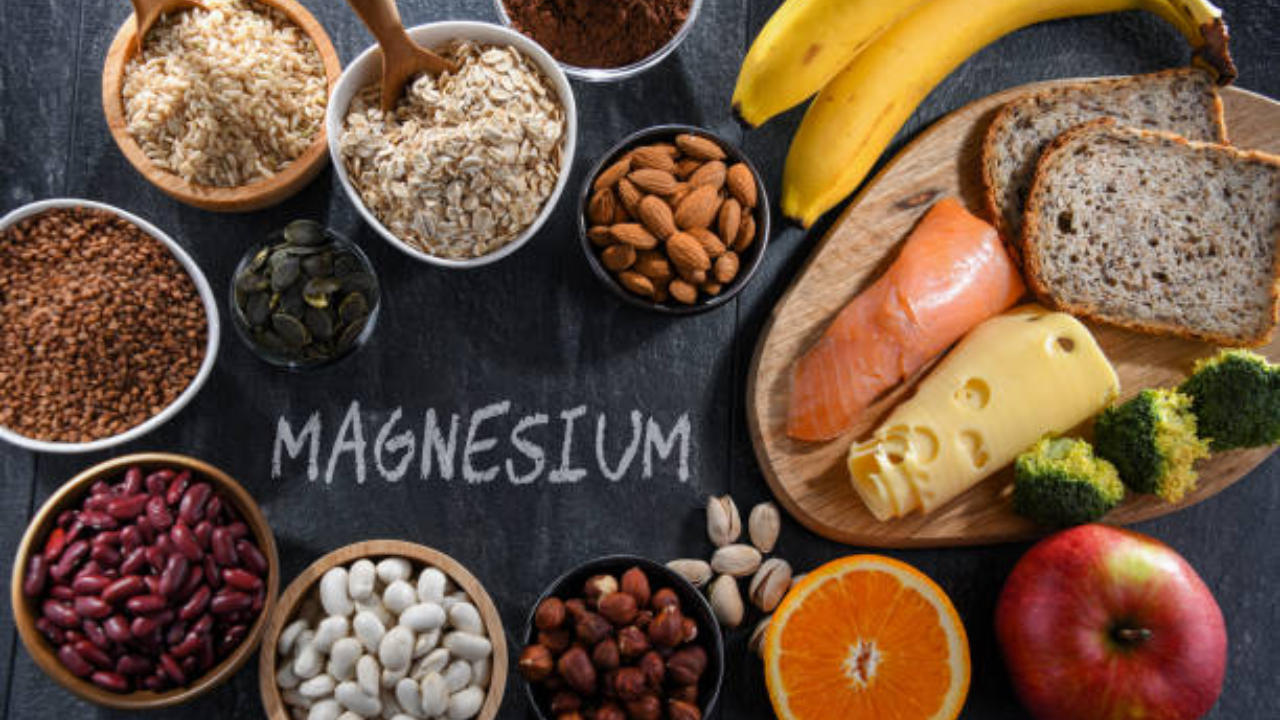












 English (US)
English (US)